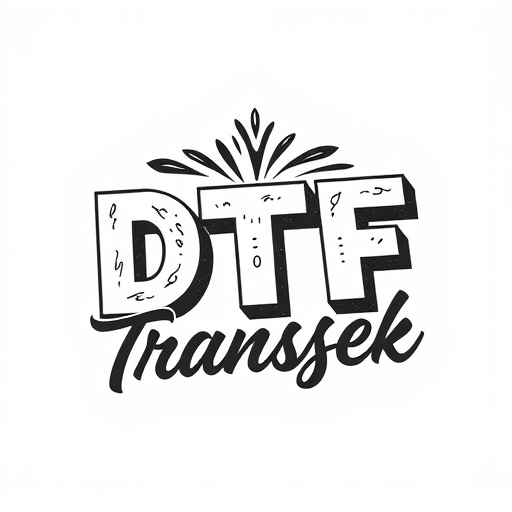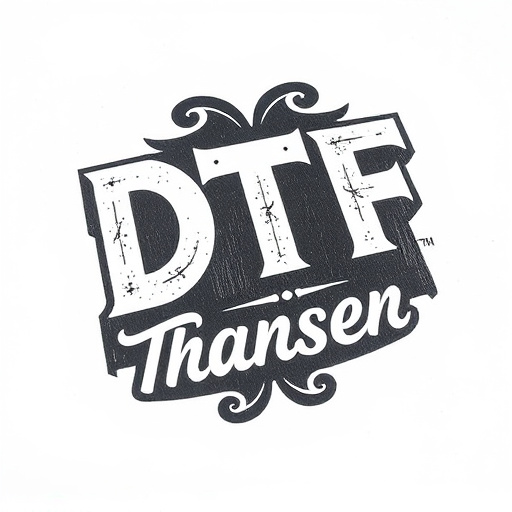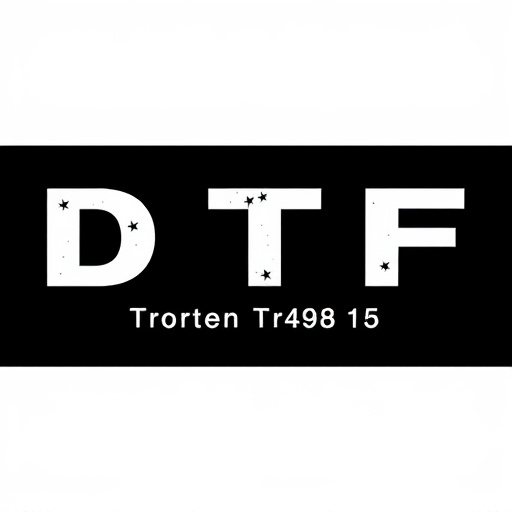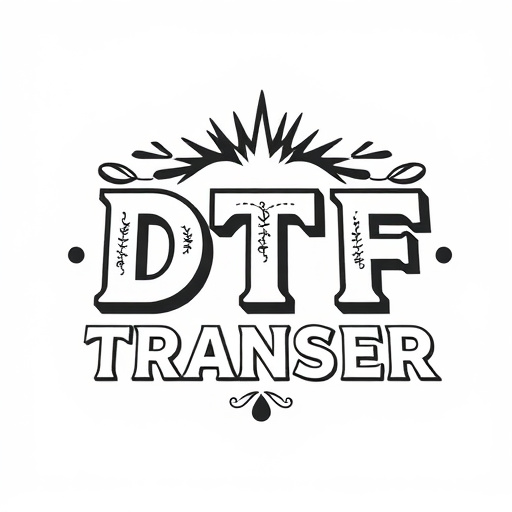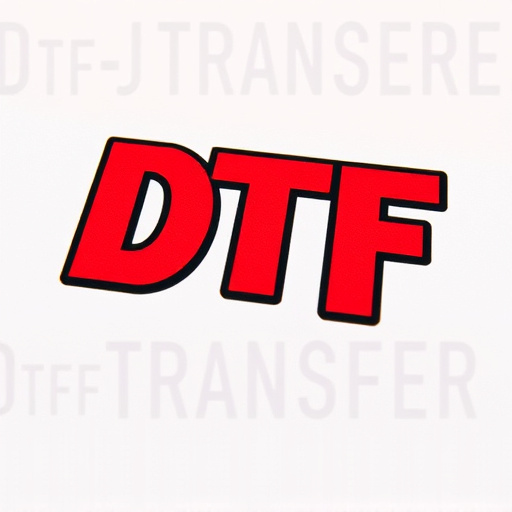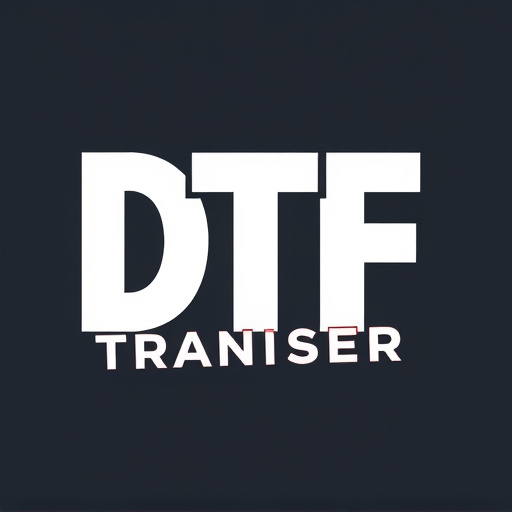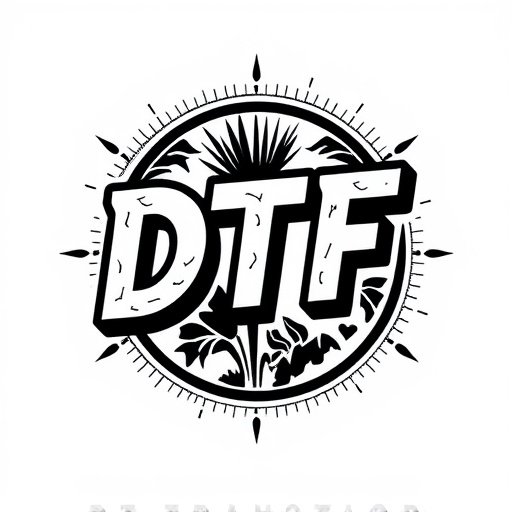Direct-to-Film (DTF) printing is a cutting-edge technique offering high-quality, durable prints on various materials. To launch a successful DTF transfer company, conduct market research to identify target audiences, from businesses to artists. Physically plan your facility, equip it with necessary tools and materials, and organize the space for efficiency. Sourcing right media ensures print quality; focus on eco-friendliness or customization for a unique brand identity. Utilize digital marketing strategies, comply with regulations, and create a robust financial plan for growth.
Establishing a direct-to-film (DTF) transfer company offers an exciting opportunity in the print industry. This guide provides a comprehensive roadmap for turning your passion for DTF printing into a thriving business. From understanding the fundamentals of DTF transfer technology and identifying your target market to setting up your workspace, sourcing materials, crafting marketing strategies, and navigating legalities, we’ll walk you through each crucial step. Launch and scale your DTF venture with confidence by leveraging effective practices and staying ahead in this dynamic field.
- Understanding Direct-to-Film (DTF) Transfer: A Comprehensive Overview
- Market Research and Target Audience Identification for Your DTF Transfer Business
- Setting Up the Physical Space: Equipment and Facility Requirements
- Sourcing Materials: Choosing the Best Consumables for Quality DTF Prints
- Marketing and Branding Strategies for Your DTF Transfer Company
- Legal and Financial Considerations for Launching and Scaling Your Venture
Understanding Direct-to-Film (DTF) Transfer: A Comprehensive Overview

Direct-to-Film (DTF) transfer is a cutting-edge printing technique that allows for the creation of high-quality, durable prints directly onto various surfaces, including glass, metal, and plastic. Unlike traditional printing methods, DTF eliminates the need for intermediate steps like film positives or plates, streamlining the production process and reducing costs. This innovative approach has gained significant traction in industries such as automotive, architecture, and signage, where visually appealing and long-lasting markings are essential.
DTF transfer involves a complex interplay of specialized inks, curable coatings, and UV lighting. The process begins with precision printing of the design or image using UV-curable ink onto a flexible film. This film is then carefully aligned and applied to the target surface. A powerful UV light source cures the ink instantly, fusing it permanently with the substrate. The resulting DTF prints offer exceptional durability, weather resistance, and vibrant color accuracy, making them ideal for both indoor and outdoor applications.
Market Research and Target Audience Identification for Your DTF Transfer Business

Before launching your direct-to-film (DTF) transfer company, conducting thorough market research is paramount to understanding the demand for DTF prints and identifying your target audience. This process involves analyzing competitors, industry trends, and consumer behavior. Start by assessing the existing market for DTF Printing, as this will help you gauge the potential for your business. Look into who your primary competitors are and what services they offer, allowing you to carve out a unique niche or improve upon existing methods.
Your target audience for DTF transfer services could include a range of businesses and individuals. This may comprise clothing brands seeking custom designs, event organizers printing promotional merchandise, or even artists looking to reproduce their artwork on various materials. By understanding the needs and preferences of these potential customers, you can tailor your marketing strategies and services accordingly. For instance, emphasizing the speed and quality of your DTF prints could appeal to time-constrained businesses, while showcasing unique design options might attract artists and individual creators.
Setting Up the Physical Space: Equipment and Facility Requirements

When establishing a direct-to-film (DTF) transfer company, setting up the physical space is a crucial step. The facility should be designed to accommodate the specific needs of DTF printing, including ample workspace for preparation and production areas. Ensure you have adequate ventilation and lighting, as these factors are essential for optimal print quality and operator comfort.
Equipment requirements vary depending on the scale of your operation, but core essentials include a reliable DTF printer, cutting tables, and storage solutions. Consider also investing in high-quality inks and substrates to ensure top-notch DTF prints. A well-organized layout that facilitates smooth workflow will contribute to efficiency and productivity, enabling you to deliver superior services to your clients.
Sourcing Materials: Choosing the Best Consumables for Quality DTF Prints
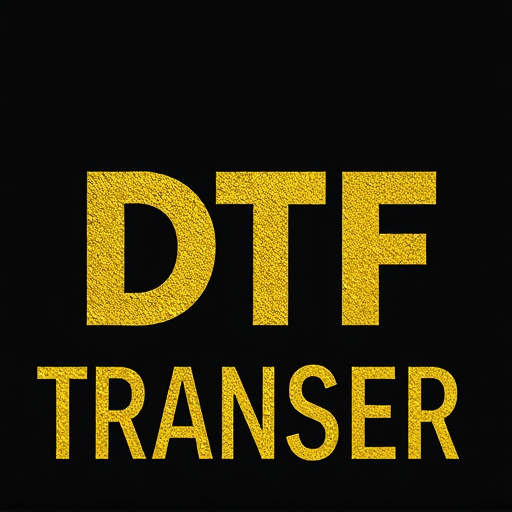
When establishing a direct-to-film (DTF) transfer company, sourcing the right materials is paramount to achieving high-quality DTF prints. The market offers various consumables designed for different printing techniques and applications. For accurate DTF results, it’s essential to select media specifically tailored to this method, ensuring optimal adhesion and durability.
Choosing the appropriate film, ink, and substrates is a delicate balance. Look for DTF transfer films known for their clarity and ability to withstand ink absorption while maintaining a crisp print detail. Top-quality inks designed for DTF printing should offer vibrant colors and fast drying times. Additionally, consider diverse substrate options that cater to various projects—from t-shirts to mugs—to meet a wide range of client needs.
Marketing and Branding Strategies for Your DTF Transfer Company

To establish your direct-to-film (DTF) transfer company in a competitive market, crafting a robust marketing and branding strategy is essential. Begin by defining your unique selling proposition—whether it’s eco-friendly materials, cutting-edge technology, or unparalleled customization options. This foundation will guide your branding efforts, helping you stand out among DTF print service providers. Leverage digital platforms to showcase your work, share client testimonials, and offer educational content about the benefits of DTF Printing over traditional methods.
Utilize SEO keywords like “DTF Transfer” and “DTF Prints” consistently in your online content to improve search rankings. Engage with potential clients on social media, emphasizing the versatility and quality of your DTF services. Consider partnerships with complementary businesses, such as sign makers or clothing manufacturers, for cross-promotion opportunities. A strong brand identity, combined with effective digital marketing, will help attract customers seeking high-quality, innovative DTF Transfer solutions.
Legal and Financial Considerations for Launching and Scaling Your Venture
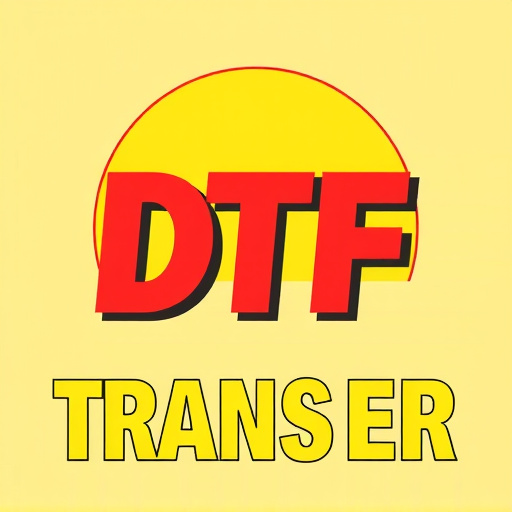
Starting a direct-to-film (DTF) transfer company involves careful planning and consideration of legal and financial aspects to ensure a solid foundation for your venture. Firstly, understand the regulations and permits required for operating such a business in your region. This may include licenses for handling and selling DTF prints, as well as compliance with data protection and privacy laws, especially when dealing with customer information. Engaging with industry associations or seeking legal advice can help navigate these requirements.
From a financial perspective, developing a comprehensive budget is crucial. This includes startup costs such as equipment purchases (e.g., DTF printers), software licenses, initial inventory, and marketing materials. Additionally, consider ongoing expenses like utilities, employee salaries, maintenance, and the cost of raw materials for DTF prints. Building a robust financial plan, including projected revenue streams and break-even analysis, will guide your strategic decisions as you launch and scale your DTF transfer company.


